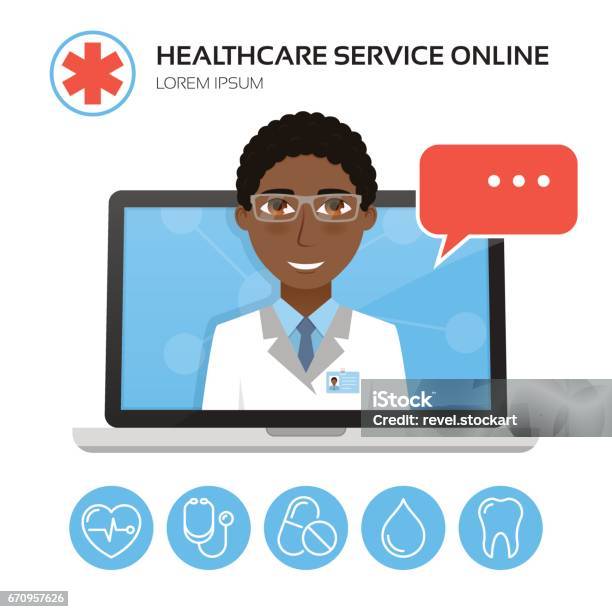Just How Subscription-Based Health Care Is Changing the Clinical Sector

The Rise of Subscription Healthcare
Over the last few years, the medical care market has experienced a substantial change towards subscription-based models, reflecting more comprehensive customer trends preferring comfort and predictability. This makeover is driven by the boosting demand for more personalized and available care options. Membership healthcare, sometimes referred to as attendant medicine or straight primary care, uses clients a set month-to-month charge for a series of medical solutions, considerably altering conventional fee-for-service models.
The surge of membership medical care is helped with by improvements in modern technology, which allow structured interaction between carriers and people - subscription based healthcare. Digital platforms and telehealth services have actually ended up being integral, supplying clients the capacity to set up consultations, access medical records, and obtain examinations online. This technological assimilation not just boosts client involvement yet additionally allows service providers to provide more efficient treatment
Moreover, the registration design straightens with the progressing assumptions of clients who seek even more control over their medical care costs and experiences. By getting rid of the unpredictability of co-pays and insurance policy claims, subscription-based health care provides a clear and straightforward approach. While this design is obtaining traction, its proliferation encounters difficulties such as regulatory obstacles and the requirement for broader acceptance within the conventional health care ecosystem. Its expanding presence marks a pivotal moment in the evolution of healthcare delivery.
Advantages for Clients and Service Providers
Subscription-based healthcare offers a wide variety of advantages for both service providers and individuals, reshaping the dynamics of treatment. For patients, this version offers enhanced accessibility to medical care services. With a foreseeable monthly charge, patients can take pleasure in unrestricted appointments, reduced delay times, and individualized care. This arrangement commonly leads to a more positive method to wellness management, permitting for timely treatments that can prevent chronic conditions from intensifying. Furthermore, the economic transparency of subscription models decreases the changability connected with typical fee-for-service payment, alleviating the problem of unforeseen medical expenses.
For healthcare service providers, subscription-based versions promote a more sustainable and gratifying technique. Management jobs are commonly streamlined, decreasing above prices and permitting carriers to dedicate more time to patient interaction. Overall, subscription-based medical care straightens the rewards of providers and people, advertising a more reliable and patient-centered health care distribution system.
Trick Features of the Model
Often, the key functions of the subscription-based health care design emphasize its distinct strategy to delivering medical solutions. Central to this design is the idea of predictable, regular monthly repayments, offering individuals a detailed series of services without the unpredictability of standard fee-for-service structures. This model frequently consists of endless access to main treatment services, preventative treatment, and routine exams, making certain that individuals can involve with their doctor proactively instead of reactively.
In addition, straight communication networks, such as telemedicine and messaging platforms, are highlighted, enabling patients to obtain prompt advice and examinations without needing in-person visits. This improves accessibility and convenience, particularly for people with flexibility constraints or those staying in remote locations. The model also promotes more powerful doctor-patient connections, as medical care carriers are incentivized to concentrate on long-lasting health and wellness end results as opposed to temporary brows through.
Additionally, subscription-based medical care often incorporates technological technologies, such as digital health and wellness records and health and wellness monitoring applications, to provide tailored and efficient care. People gain from coordinated and constant care management, which is customized to their particular wellness requirements. Inevitably, these functions jointly produce a patient-centered healthcare experience, prioritizing access, price openness, and preventative treatment.

Factors To Consider and challenges
While the subscription-based health care model supplies numerous benefits, it is not without its considerations and difficulties. One considerable challenge is ensuring fair gain access to. Subscription versions might accidentally favor those with higher socioeconomic condition, possibly expanding variations in healthcare accessibility for lower-income individuals who might deal with regular monthly charges. This elevates honest concerns about inclusivity and equity in healthcare shipment.
Another challenge hinges on regulatory conformity. Subscription-based medical care must browse a complicated web of guidelines that vary by region, consisting of problems around person confidentiality, data protection, and state licensing requirements. Making sure compliance without restraining the version's flexibility and technology can be daunting for carriers.
Additionally, there is the danger of overutilization or underutilization of services. Individuals paying a repaired cost may overuse services, resulting in increased operational expenses, while others could underutilize because of fear of straining the system, potentially neglecting necessary care.
Future Prospects and Innovations
The landscape of subscription-based healthcare is positioned for improvement with this website arising technologies and developing leads. As innovation remains to development, the assimilation of expert system and artificial intelligence presents significant chances to enhance analysis accuracy and simplify person administration. Anticipating analytics can transform preventive care by recognizing prospective wellness threats prior to they manifest, therefore decreasing both prices his comment is here and the problem on medical care systems.
Additionally, telemedicine is readied to broaden within registration designs, offering clients raised access to healthcare specialists no matter geographical constraints. This not just promotes connection of treatment however likewise empowers people to involve even more actively in their health and wellness administration. In addition, blockchain technology provides prospective in safeguarding individual data and guaranteeing interoperability throughout systems, cultivating depend on and openness.
Collaborations between technology firms and medical care companies are likely to produce innovative remedies, boosting individual experiences and end results. As these potential customers appear, subscription-based healthcare has the prospective to redefine exactly how treatment is supplied and accessed.
Verdict
Subscription-based medical care is transforming the clinical sector by providing a much more accessible, predictable, and patient-centered method to clinical solutions. Despite obstacles such as governing obstacles and possible disparities in accessibility, the membership version holds guarantee for a much more efficient and tailored healthcare experience.
Membership healthcare, occasionally referred to as attendant medication or direct primary treatment, offers people a set regular monthly charge for a variety of medical services, considerably changing standard fee-for-service designs.
Furthermore, the subscription version lines up with the developing assumptions of clients who seek more control over their healthcare expenditures and experiences. For individuals, this design offers boosted accessibility to health care services. In general, subscription-based medical care lines up the rewards of people and carriers, promoting a more efficient and why not try here patient-centered health care delivery system.
In addition, telemedicine is established to expand within membership designs, offering patients boosted accessibility to medical care experts regardless of geographical restraints. - subscription based healthcare